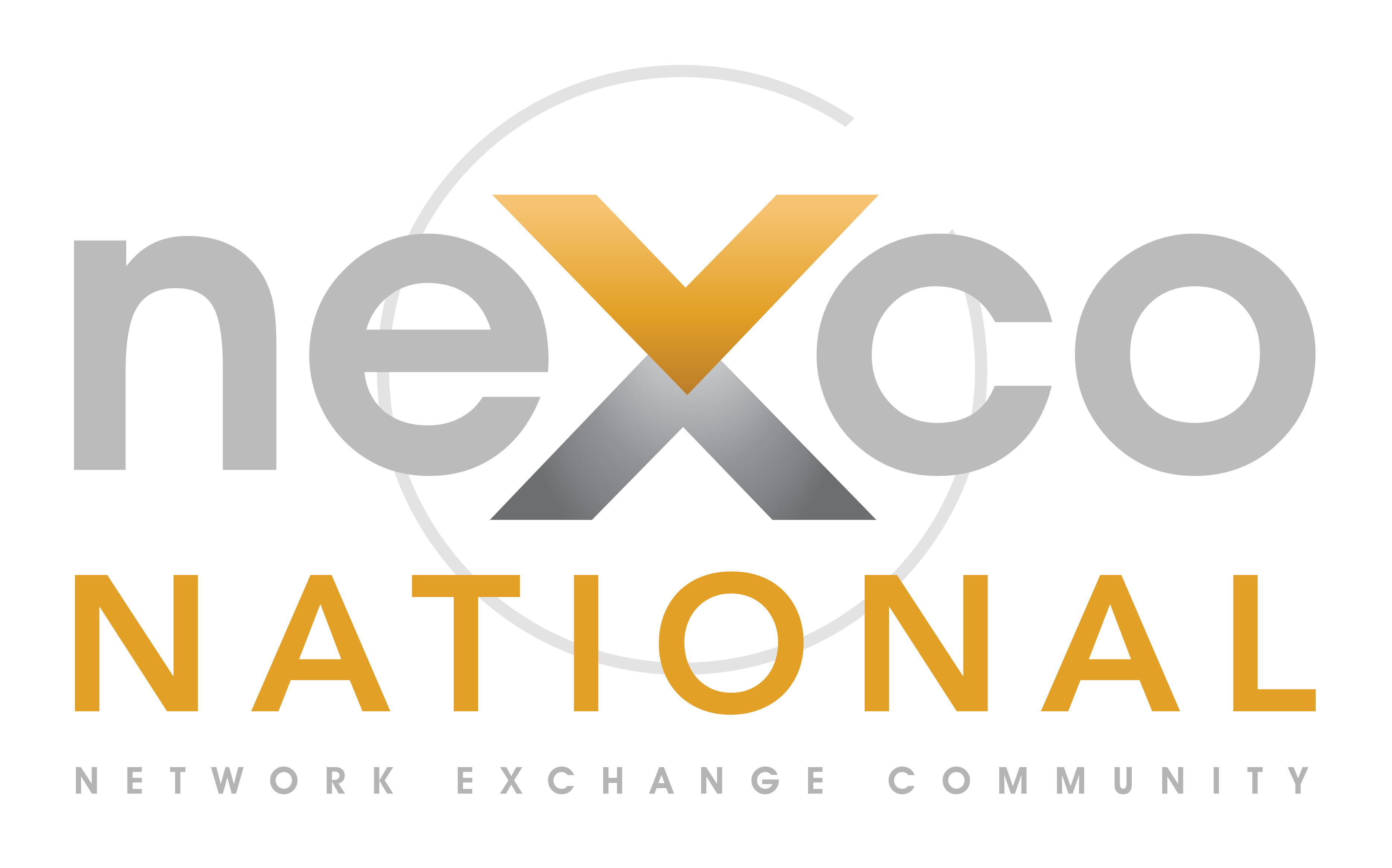Position and promote are two closely related words that are commonly used in branding and marketing. Though similar, the two words have an important distinction. Promote is a verb, something you do. Position, on the other hand, is not just a verb, it’s also a noun. Position is both an action and an outcome.
Branding and marketing are key functions of every business. Ideally, branding and marketing work together to help your business grow. Though the two are connected and overlap in many ways, efforts to position your brand should be emphasized over efforts to promote your brand. This article will demonstrate the reasons why business owners should focus on positioning more than promoting.

What Do We Mean By Position and Promote?
“Position” can be thought of as the cumulative efforts to attain a place of awareness, prominence and affinity in the consciousness of your customer. “Promote” speaks to cumulative efforts to carry your brand’s identity or message out to attract more customers.
A helpful analogy is that of pushing and pulling. Both positioning and promoting require producing messaging and content (social, ads, etc.) that attract your target customer. So, in a sense you are pushing. However, while promoting is pushing your audience to take some short-term, immediate action (like our page, sign up for our download, buy during our flash sale), positioning approaches are focused around slowly and strongly pulling your prospect or customer toward you, creating an indelible and intangible bond, which we can call trust. Great positioning gets you in position to promote more effectively.
Key Differences in Each Approach
Position has to do with how you are perceived (and valued) by your audience. Promotion typically has different goals, most often increasing awareness or generating some type of immediate or time-sensitive action. Positioning has enhanced perception, value and trust as its ultimate goals.

Positioning seeks a deeper connection with the customer, and so, it understandably requires a slower, longer and more deliberate approach. Promotion can, often be put together quickly and less strategically, perhaps to capitalize on a trend or movement, and still be successful in the short term. Because efforts are focused on what will create perception, value and trust for your target customers, positioning can actually result in more streamlined branding and marketing efforts. All this being said, positioning and promoting are not mutually exclusive. The two activities are intertwined and need each other to be optimally performed. However, there are clear advantages to emphasizing positioning more than promotion
Advantages of Focusing on Position First, then Promotion
Advantage 1: Position is More Sustainable Over Time
I know all too well the burden many business owners face from the seemingly incessant need to promote their products and services. It’s like a monster that must always be fed. There can be insecurity as to whether this promotion or campaign will be the one to move the needle for your brand. When you have pursued and maintained a strong position, both in your market and in the mind of your target customer, you have something truly valuable that you can build on. Your position is an advantage, understood to competitors and valued by customers. This process takes time, but is ultimately less costly than pursuing a promotion-focused approach.
Statistics clearly show the value of long-term customer relationships that are fostered by emphasizing positioning:
- Acquiring a new customer can cost five times more than retaining an existing customer.
- Increasing customer retention by 5% can increase profits from 25-95%.
- The success rate of selling to a customer you already have is 60-70%, while the success rate of selling to a new customer is 5-20%.
Source: https://www.outboundengine.com/blog/customer-retention-marketing-vs-customer-acquisition-marketing/
Focusing on position is a more sustainable and successful approach. Business owners can waste tons of resources on promotional marketing tools and tech that is better used for positioning. Though it is a process, it has the ability to cost you much less in the way of time and money and earn you more through the loyalty and repeat or referral business a satisfied customer can provide.
Advantage 2: Position is Responsive to What Matters Most, the Customer
There’s always a new platform or tool that promises to be the latest and greatest for promoting your business. I know how business owners can feel overwhelmed by the sheer volume of promotional avenues and tactics. They often feel as if they need to become masters of every new tool or tactic. That is simply not the case.
With a position-first approach, the business owner is freed up to focus on what their customers want. Your goal is then to build and maintain a great relationship with the audience that knows and trusts your brand. Because they know you and trust you, they buy from you and refer you. To that end, the goal is not to be first-on or first-out with your marketing message or method, but is instead to respond to your target customer, building and leveraging your deepening mutual knowledge and trust.
It can be said then, that positioning is more about keeping influence than keeping interest. You can change your message, methods or offering when your customer is not responding or demanding something, not in response to external factors like trends or technology, which are always changing.
Advantage 3: Position is hard to beat
Once your brand has solidified “pole” position in the heart and mind of your customer, it is difficult to be dislodged from that spot. Surely, a brand can weaken in its position over time as well, but this is better than having to gain awareness or engagement from no position.
When you promote from a well-established position, you do so from a position of strength. It takes a long time to gain trust, but once you have it, you have a customer who has built an emotional connection with your brand. This is valuable because while people consider buying decisions with logic, they actually purchase with heavy influence from their feelings.
A promotion-focus feels the burden of having to constantly reinvent the message to stay fresh and relevant. A strong position allows you to “cut to the front of the line” in the competition for customer attention, affinity and investment.
Conclusion
Your efforts to position your business are ultimately more valuable than your efforts to promote your brand, and as such, business owners should spend more time focusing on how to effectively position their business and their brand. The two approaches work together to achieve awareness, knowledge, trust and engagement on behalf of the customer for the brand, but it is only positioning that will lead to consistent, valuable repeat and referral business. When considering the myriad of branding and marketing strategies and tactics out there in the market, business owners will be best served in the long run adopting a position-first approach.
Download our Digital Brand Strategy Guide
Register for our upcoming April 23rd Brand Differentiation Workshop!
About the Author:
Reggie Holmes | Founder & Creative Director
Enthuse Creative, LLC | Enthusecreative.com
Enthuse Creative is branding advisory and design firm based in Northern Virginia that helps growing and startup services businesses to build their brands using strategy, design and management.
References: https://www.outboundengine.com/blog/customer-retention-marketing-vs-customer-acquisition-marketing/
















